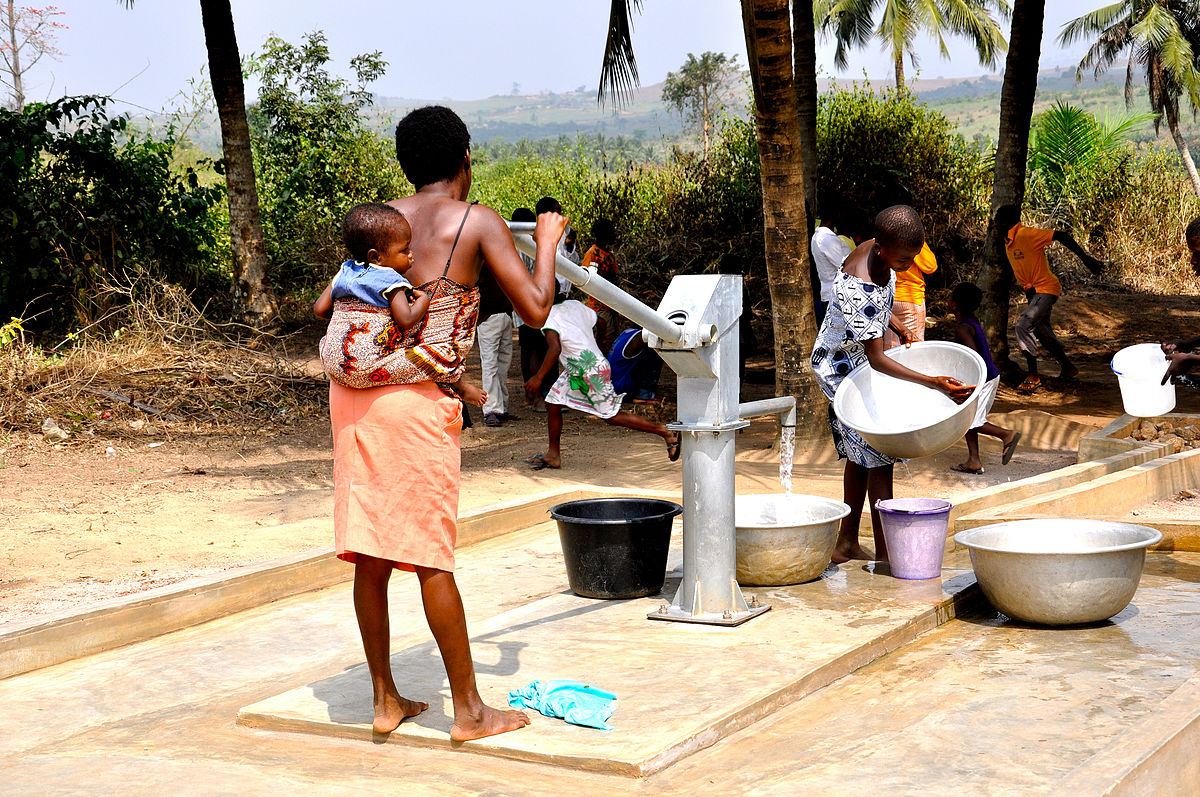Table of Contents |
Global nutrition and food availability is strongly affected by the following three factors:
The majority of malnourished and undernourished people live in sub-Saharan Africa; East, South, and Southeast Asia; and certain parts of Latin America, as shown in the map below.

A primary cause of such widespread malnourishment is something called famine. A particular area in a famine cannot provide or import a sufficient supply of food. Famines can have a number of causes, such as drought, flooding, fires, pests, political or economic instability, and rapid population growth. Famines are most often caused by distribution issues due to environmental and political causes, but they can also be created when the demand for food simply exceeds the supply.
IN CONTEXT
In the last decade, two significant famines have occurred in Africa, one caused by environmental causes and the other, because of political instability.
Between 2011 and 2012, a major drought struck the northeastern horn of Africa, affecting 9.5 million people in four different countries. Many people had to emigrate because their livelihoods were impossible to continue during the drought.
The effects of the Second Congo War continued to impact people for years after it ended. While the exact death toll is disputed, it is speculated to have killed between 2.8 and 5.4 million people, many of whom died because of the famine the war caused.
It is possible to improve the state of world nutrition and food availability. In the following sections, we will focus on five main categories of improvement.
Water is often a precious and expensive resource when it comes to growing food and hydrating livestock. Technologies like drip irrigation, shown below, allow people to use water much more efficiently by increasing productivity and cutting costs. Drip irrigation, as the name implies, is designed to let water drip slowly at the base of a plant to minimize waste.

Other technologies, like the water pump, allow people to divert water from underground or far away and bring it to places where it is needed. Despite the benefits, technologies such as these are not always feasible because of their cost and the water availability in the area.

Land availability is another pathway to improving world nutrition. The key term for today, arable land, is land that can be used for growing crops. Without enough arable land, it can be difficult to provide enough nutritious food. Therefore, it is important to transform currently unusable land into arable land by adding nutrients and repurposing that land.

There can be challenges to this process, either because of the cost or because the only land available is forest land in danger of deforestation, simply because of the need to provide more food.
Eating lower on the food chain is another method of improving nutrition and food availability. Eating potatoes instead of beef is an example of eating lower on the food chain. Meat requires many more hectares of land than vegetables to produce the same number of calories.
EXAMPLE
Beef requires 100 times more land than potatoes for the same number of calories.A possible route to eating lower would be converting grazing land to cropland, creating more co-ops and urban farms, and growing vegetables in our backyards. However, not all grazing land can be converted to cropland.

It is also possible to improve the way we distribute food. Currently, there is enough food on the planet to feed everyone on Earth, but at least 25% of the planet is malnourished. This is primarily because we don't have proper distribution systems. Certain places have a famine while others have a surplus. Sometimes a region might even have enough food, but not enough diversity for a proper diet. Barriers are usually the result of politics, cost of redistribution, or war.

Being able to improve the resilience and productivity of crops can have a huge impact on providing enough nutritious food. One of the ways this can be done is by employing genetically modified organisms (GMOs). These types of crops have been created to survive better and have a bigger yield. As a result of the Green Revolution, there's a growing dependence on pesticides. Certain GMOs even have pesticides bred into them.

GMOs, however, are a controversial topic in certain circles. Some argue that they are highly energy intensive, creating a large amount of greenhouse gas emissions, which contribute to climate change. Others argue that GMOs pose certain legal problems as companies try to patent genetic material that they breed. There are strong supporters and criticizers on both sides.
Source: THIS TUTORIAL WAS AUTHORED BY JENSEN MORGAN FOR SOPHIA LEARNING. PLEASE SEE OUR TERMS OF USE.